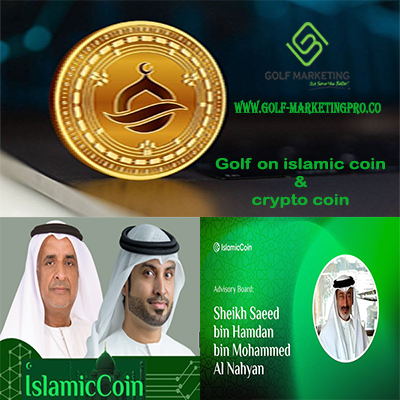
Islamic Coin Versus Crypto Coin (part-1)
There is lots of confusion going on what is the difference between Islamic coin and crypto coin . In our blog we try to clear the confusion.
Islamic coin and crypto coin are two different types of currencies that operate on different principles and have distinct characteristics. Islamic coin is based on the principles of Islamic finance, while crypto coin operates on the block chain technology. In this blog, we will explore the differences between these two types of coins.
Islamic Coin
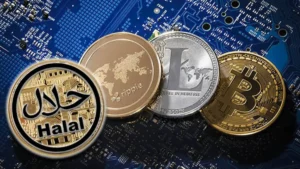
Islamic coin is a digital currency that operates on the principles of Islamic finance. Islamic finance is a system of finance that is based on the principles of shariah, which is the Islamic law. The principles of shariah prohibit charging or paying interest, engaging in speculative or unethical investments, and investing in industries that are considered harmful to society, such as alcohol, gambling, and pornography.
Islamic coin, therefore, is designed to operate within the framework of Islamic finance. It is a digital currency that is backed by tangible assets, such as gold or silver, and is used for transactions within the Islamic financial system. Islamic coin is also designed to promote social responsibility, ethical investments, and sustainable development.
One of the key features of Islamic coin is that it is based on a profit-sharing model. In this model, the profits generated by the currency are shared between the holders of the currency and the issuer of the currency. This is in contrast to conventional currency, where profits are generated through interest payments.
Another important feature of Islamic coin is that it is based on a decentralized system. This means that there is no central authority that controls the currency. Instead, the currency is managed by a network of users who validate and verify transactions through a consensus mechanism. This ensures that the currency is transparent, secure, and immune to manipulation.
Crypto Coin
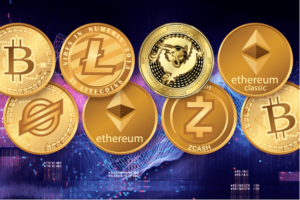
Crypto coin, on the other hand, is a digital currency that operates on the blockchain technology. Blockchain technology is a decentralized ledger that records transactions in a secure and transparent manner. Crypto coin is designed to be used as a medium of exchange and to operate outside the traditional banking system.
One of the key features of crypto coin is that it is based on a decentralized system. This means that there is no central authority that controls the currency. Instead, the currency is managed by a network of users who validate and verify transactions through a consensus mechanism. This ensures that the currency is transparent, secure, and immune to manipulation.
Another important feature of crypto coin is that it is based on cryptography. Cryptography is a method of encrypting data to ensure that it is secure and confidential. Crypto coin uses cryptography to secure transactions and to protect the privacy of its users.
Differences between Islamic Coin and Crypto Coin
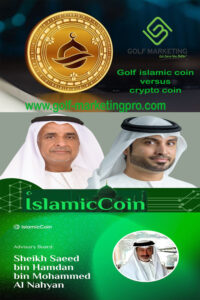
There are several differences between Islamic coin and crypto coin. The main differences are as follows:
- Basis of Value: Islamic coin is based on tangible assets, such as gold or silver, while crypto coin is based on the perceived value of the currency.
- Profit Sharing Model: Islamic coin is based on a profit-sharing model, where the profits generated by the currency are shared between the holders of the currency and the issuer of the currency. Crypto coin does not have a profit-sharing model.
- Decentralized System: Both Islamic coin and crypto coin are based on a decentralized system. However, Islamic coin is designed to operate within the framework of Islamic finance, while crypto coin operates outside the traditional banking system.
- Use of Cryptography: Crypto coin uses cryptography to secure transactions and protect the privacy of its users. Islamic coin does not use cryptography.
- Regulation: Islamic coin is regulated by Islamic financial institutions, while crypto coin is not regulated by any central authority.
Islamic coin and crypto coin are two different types of currencies that operate on different principles and have distinct characteristics. Islamic coin is based on the principles of Islamic finance and is designed to promote social responsibility, ethical investments, and sustainable development. Crypto coin, on the other hand, is based on the blockchain technology.
Note :- Blockchain technology is an advanced database mechanism that allows transparent information sharing within a business network.
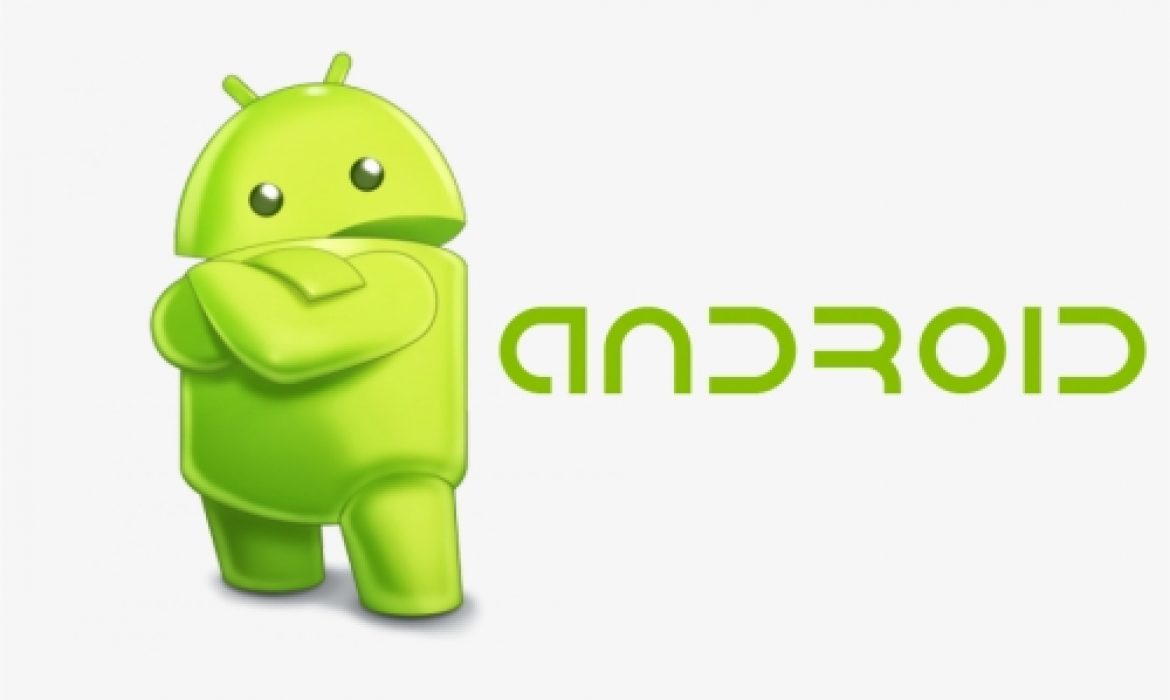
Android – What is it?
Android is an open source and Linux-based Operating System for mobile devices such as smartphones, tablets and computers. Android was developed by the Open Handset Alliance, led by Google, and other companies.
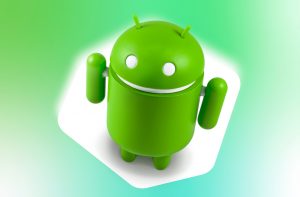
Three parts from the definition:-
1) Open source
2) Linux based
3) Operating system
1) Open Source:
1. This source code of a computer program is made available free of charge to the general public.
2. Users can view the code that companies the software and make changes to it they want.
3. Anyone can use the source code and distribute their program from it.
OR
I. Open means license free which we can operate easily with operating system application coding.
II. The development of Linux is one of the most prominent examples of free and open source software collaboration.
2) Linux Based:
Linus kernel Torvalds: The creator of the Linux Operating System, was born December 28, 1969, in Helsinki, Finland. His grandfather had a Commodore VIC-20 that he had the opportunity to work with; by age ten he was already dabbling in programming.
Linus is a family of free and open source software operating systems built around the Linux kernel The development of Linux is one of the most prominent examples of free and open source software collaboration.
Android developed by:
1) Andy Rubin
2) Nick Sears
3) Rich Miner
3) Operation System:
An operating system is a software program that enables the hardware to communicate and operate with software. The operating system is an Interface between user and hardware. The operating system provides a software platform on top of which other programs called application program called can run.
Set of Operating System:
- An operating system
- Middleware is some set of libraries that help the developer work
- Key application SMS phones logs cameras
- Fully customize
Based on the Linux kernel in the architecture the Linux kernel COBOL
Three common Operating Systems used by devices:
- MacOS
- Linux
- Windows
ANDROID operation group there are 80 plus companies to give every new feature to the mobile phone.
- Software compare Google, eBay, etc.
- Handset companies HTC, Samsung
- Mobile operators Airtel, Vodafone, etc.
- Semiconductors our processor Intel, etc.
- Commercialization companies advertising companies
Key Points:
Android offers a unified approach to application development for mobile devices which means developers need only develop for Android, and their applications should be able to run on different devices powered by Android.
Versions Launched:
The first beta version of 2007 was released by Google:
• Android Software Development Kit (SDK)
• The first commercial version, Android 1.0, was released in September 2008.
On June 27, 2012, at the Google I/O conference, Google announced the Android version, 4.1 Jelly Bean.
• Jelly Bean is an incremental update.
• The primary aim of improving the user interface, both in terms of functionality and performance.
• The source code for Android is available under free and open-source software licenses.
• Google publishes most of the code under the Apache License version 2.0 and the rest, Linux kernel changes, under the GNU General Public License version 2.
History of Android: 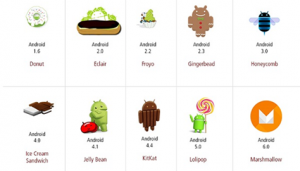
The code names of android range from A to N currently, and famous food brands such as Astro, Blender, Cupcake, Donut, Eclair, Froyo, Gingerbread, Honeycomb, Ice Cream Sandwich, Jelly Bean, KitKat, Lollipop, and Marshmallow. Let’s understand the android history in a sequence.
• Oct 2003
• July 2005 google acquired Andriod inc and made Andy Rubin the director of the mobile phone platform
• November 2007 open handset alliance was formed OHA
• October 2008 android was open source
• April 2009 and 1.5 cupcakes were released
• Version 1.6 donut quick search
• Éclair
• Froyo control with voice
• Ginger bread 2.3 boost the battery life
• Honey con own tablet
• Ice cream sandwich user controllable customize
• Jelly beans 4.1 using India
• Kit Kat voice of google
• Lolly pop combine both
• Marshmallow the user using now
ANDROID USE IN MOBILE PHONES:
They come in use for communicating through voice, messages, and emails. We can also surf the internet using a phone. Most importantly, we also click photos and record videos through our mobile cameras. The phones of this age are known as smartphones.
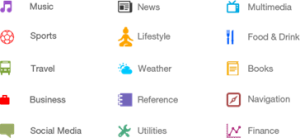
Android – Architecture:
The Android operating system is a stack of software components that is roughly divided into five sections and four main layers as shown below in the architecture diagram. Android Architecture
Architecture modal.
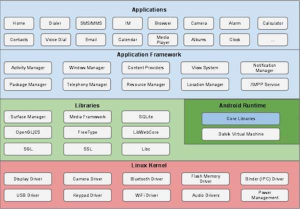
API:
The application programming interface can be easily used by the developer.
Android Applications:
Android applications are usually developed in the Java language using the Android Software Development Kit.
Once developed, Android applications can be packaged easily and sold out either through a store such as Google Play, SlideME, Opera Mobile Store, Mobango, F-droid, and the Amazon Appstore.
Android powers hundreds of millions of mobile devices in more than 190 countries around the world. It’s the largest installed base of any mobile platform and growing fast. Every day more than 1 million new Android devices are activated worldwide.
FEATURES:
Android is a powerful operating system. Its features are given below:
a. Storage:
SQLite, a lightweight relational database, is used for data storage purposes.
b. Connectivity:
GSM/EDGE, IDEN, CDMA, EV-DO, UMTS, Bluetooth, Wi-Fi, LTE, NFC and WiMAX.
c. Beautiful UI:
Android OS basic screen provides a beautiful and intuitive user interface.
d. Media Support:
H.263, H.264, MPEG-4 SP, AMR, AMR-WB, AAC, HE-AAC, AAC 5.1, MP3, MIDI, Ogg Vorbis, WAV, JPEG, PNG, GIF, and BMP.
e. Web Browser:
Based on the open-source WebKit layout engine, coupled with Chrome’s V8 JavaScript engine supporting HTML5 and CSS3.
f. Messaging:
SMS and MMS.
g. Multi-Touch:
Android has native support for multi-touch which was initially made available in handsets such as the HTC Hero.
h. Multi-Tasking:
User can jump from one task to another and same time various application can run simultaneously.
i. Resizable Widgets
Widgets are resizable, so users can expand them to show more content or shrink them to save space.
j. Multi-Language:
Supports single direction and bi-directional text.
k. GCM:
Google Cloud Messaging (GCM) is a service that lets developers send short message data to their users on Android devices, without needing a proprietary sync solution.
l. Wi-Fi Direct:
A technology that lets apps discover and pair directly, over a high-bandwidth peer-to-peer connection.
m. Android Beam:
A popular NFC-based technology that lets users instantly share, just by touching two NFC-enabled phones together.
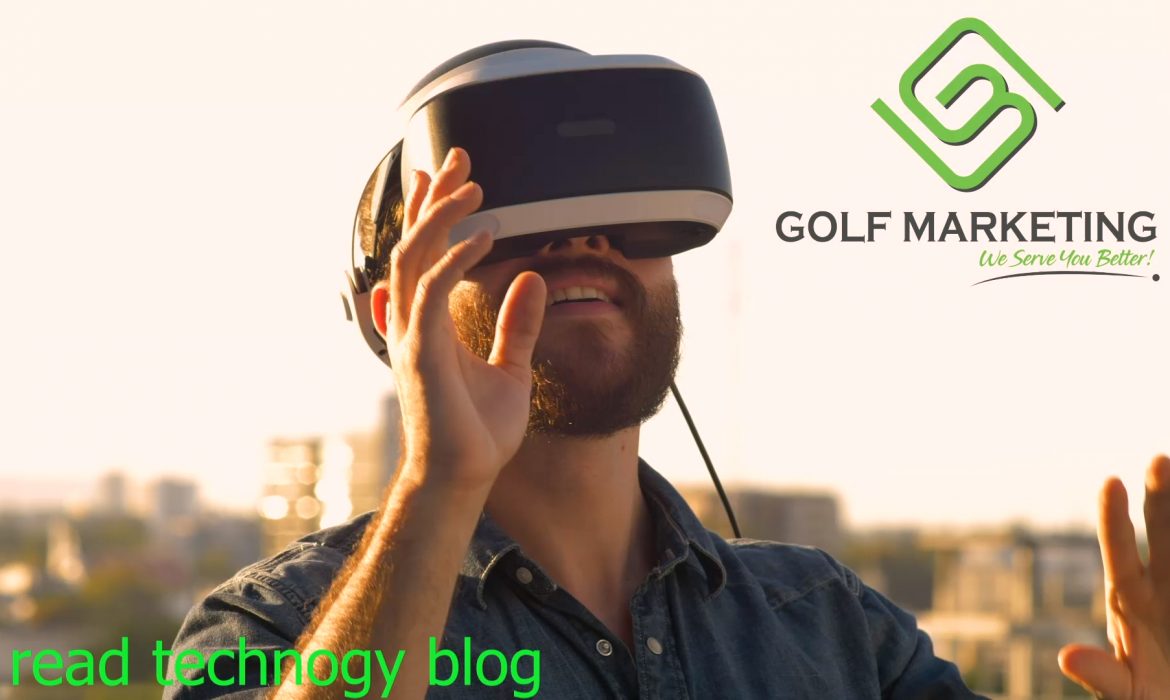
Clock Ticks The Technology Clicks
Technology:
“It is mind science, based on scientific knowledge to the practical aims of human life observation”.
Meaning
Technology: The two Greek words, transliterated ‘techne’ and ‘logos’ Techne means art, skill, craft, or the way, manner, or means by which a thing is gained. Logos means word, the utterance by which inward thought is expressed, a saying, or an expression. So, technology means words or discourse about the way things are gained.
When waking up in the morning day and time change, but as the clock ticks the technology clicks. Behind every invention, there is one person because that person thinks differently. The Information Age (also known as the Computer Age, Digital Age, Silicon Age, or New Media Age) is a historical period that began in the mid-20th century, characterized by a rapid epochal shift from a traditional industry established by the Industrial Revolution to an economy primarily based upon information technology This the era of electronics and communication. we use different tools for example GOOGLE! Global Organization of Oriented Group Language of Earth The technology which makes human works. Bill Gates, Larry Elison, Steve Jobs, Elon mask, and Larry Page are the father of new technology. Technology is divided into 4 main ages. There are pre-mechanical, mechanical, electromechanical, and electronic.
Father Of Old And New Technology:
Albert Einstein called Galileo the “father of modern science.” Galileo Galilei was born on February 15, 1564, in Pisa, Italy but lived in Florence, Italy for most of his childhood. The Father of old technology is Thomas Alvis Edison father of invention. The simple version of the story of Thomas Alva Edison the one most school children learn is that he invented the phonograph the incandescent light bulb and the motion picture camera. Charles Babbage was an English polymath. A mathematician, philosopher, inventor, and mechanical engineer, Babbage originated the concept of a digital programmable computer. Babbage is considered by some to be the “father of the computer”.
The computer age began when ENIAC (Electronic Numerical Integrator and Calculator) was completed in 1945. The first multipurpose computer, ENIAC set speed records with an amazing 5,000 additions per second. Computers have come a long way since—a laptop today can do 500,000,000 additions per second. Bill Moggridge will long be remembered as a trailblazing designer and the father of the modern laptop. The Osborne 1 was accepted as the first truly mobile computer (laptop, notebook) by most historians. Adam Osborne founded Osborne Computer and formed Osborne 1 in 1981. Wi-Fi, often referred to as WiFi, wifi, wi-fi, or wi-fi, is often thought to be short for Wireless Fidelity but there is no such thing. The term was created by a marketing firm because the wireless industry was looking for a user-friendly name to refer to some not-so-user-friendly technology known as IEEE 802.11. Brain, the first PC virus, began infecting 5.2″ floppy disks in 1986. As Securelist reports, it was the work of two brothers, Basit and Amjad Farooq Alvi, who ran a computer store in Pakistan. The first handheld cellular mobile phone was demonstrated by John F. Mitchell and Martin Cooper of Motorola in 1973, using a handset weighing 2 kilograms (4.4 lb). The first commercial automated cellular network (1G) analog was launched in Japan by Nippon Telegraph and Telephone in 1979. When was the 1st cell phone invented? September 2008 It was unveiled in November 2007, with the first commercial Android device, the HTC Dream, being launched in September 2008.
Pros And Cons:
Take an example of the internet we can watch good things and easily watch porn sites. which is the most searched site in the world. Children waste their time by playing games. It has positive and negative effects on the world and it impacts daily lives Pros cons Everything has pros and cons. Eating healthily keeps us fit and fine. Eating unhealthy makes us lazy. Using a computer for 45 minutes per hour is healthy but using a computer or any other device makes us tired. Smart use of technology gives the solution.
Technology is to make life easy use it but don’t misuse it. Smart use of technology creates a great mind like Bill Gates. What to do and what is the use of a computer. Now everyone depends on technology. If we go 30 years people used to be fit and fine because they spend their time in the gym or going to meet with friends and families. now technology makes it easier. 3 to four hours of sitting in front of computers and using a cellphone create another disease which is depression. Our mind needs relaxation more than the body. Made nearly two million years ago, stone tools such as this are the first known technological invention. Technology affects the way individuals communicate, learn, and think. It helps society and determines how people interact with each other daily. Technology plays an important role in society today. Mind Science is defined as the observation, identification, description, experimental investigation, and theoretical explanation of natural phenomena. Everyone is gifted by the brain to covert that brain into thinking mind is called mind science. like a machine. The communication and information industry is growing faster. This proves that the human brain is faster than the computer.

